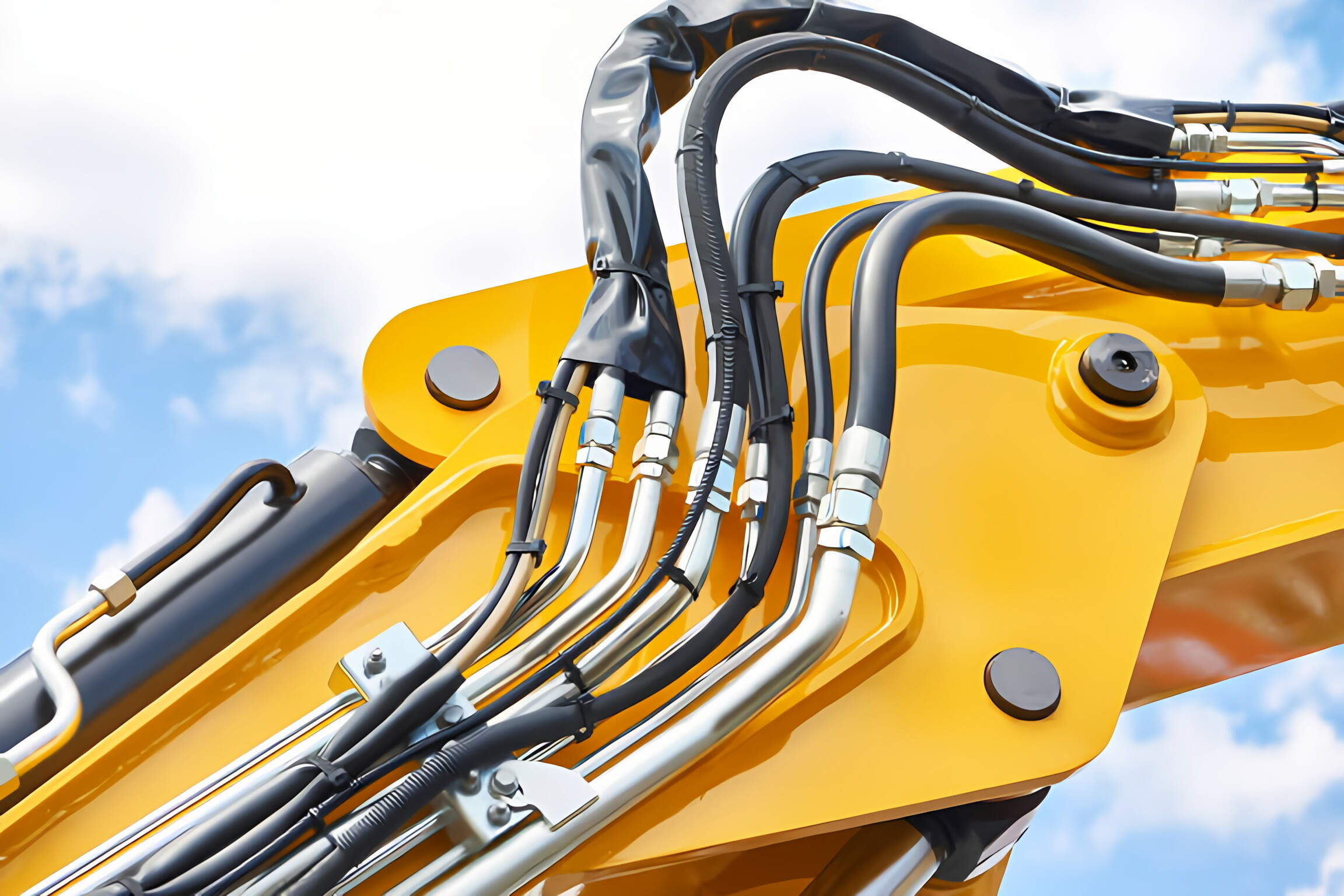Burst Pressure: Understanding the Practical Meaning and Avoiding Safety Misconceptions in Hydraulic Hoses
Release time:
2025-08-26
Burst Pressure: Understanding the Practical Meaning and Avoiding Safety Misconceptions in Hydraulic Hoses
Case Introduction: A Vietnamese Client’s Hydraulic Challenge
One of our clients in Vietnam repeatedly faced hydraulic hose failures on their industrial equipment. They assumed that operating hoses near their stated burst pressure was safe, but frequent pressure cycles, bending, and exposure to harsh fluids caused unexpected ruptures. Our team worked closely with them to analyze the root cause and implement proper hose selection and maintenance strategies, preventing further downtime.

Problem: Misunderstanding Burst Pressure in Hydraulic Systems
This example highlights a common misconception: many operators treat burst pressure as a daily safety limit. In reality, routine working pressures, cyclic fatigue, material aging, and environmental factors such as temperature swings, chemical exposure, and UV radiation all affect hose performance. Misinterpreting burst pressure can lead to unplanned failures, equipment damage, and safety hazards.
Principle: What Burst Pressure Really Means
Burst pressure represents the maximum pressure a hose can withstand before failure under controlled laboratory conditions, typically determined through a single static test. It does not reflect real-world operating factors like repeated pressure cycles, bending, vibration, or chemical corrosion. At our in-house lab, we conduct rigorous burst tests following international standards to ensure accurate and traceable results. Still, burst pressure is an ultimate limit, not a recommended operating pressure.
Blast Testing Laboratory
Professional Support: How Experts Like Senflow Help
Our engineers provide expert guidance in selecting high-pressure hoses tailored to actual working pressures, system design, and environmental conditions. By recommending hoses with reinforced layers, abrasion-resistant and UV-resistant covers, and protective sleeves where needed, we help clients maintain performance and longevity under demanding industrial, agricultural, or construction conditions.
Safety Recommendations: Beyond Hose Selection
Operators should follow manufacturer-recommended pressures, implement inspection routines, and monitor for wear, cracking, or chemical damage. Our team advises on inspection intervals and replacement criteria, ensuring safe operation and reduced downtime.
Practical Significance: Designing for Real-World Reliability
Burst pressure should be treated as a design validation benchmark rather than a daily operating value. Combined with professional guidance and proper maintenance, this approach allows engineers to set realistic safety margins, avoid failures, and ensure long-term reliability of high-pressure hoses in all environments.
Related News
Hydraulic Hose Failures in Mining Equipment: Causes and Prevention
Hydraulic hose failures are a major challenge in mining, caused by vibration, pressure surges, abrasion, and extreme conditions. This article explains how failures develop and highlights solutions: EN 856 4SH hoses, MSHA flame resistance, MA certification, and synthetic rubber covers resistant to oil, weather, and wear. With proper installation and maintenance, hoses become reliable assets that keep mining operations safe and productive.
Technical Overview: Systematic Pathways of Oilfield Stimulation
Oilfield stimulation is essential for maintaining production as reservoir pressure declines. Acidizing restores flow near the wellbore, hydraulic fracturing opens tight formations, and EOR methods like chemical flooding, CO₂ injection, and thermal recovery extend field life. A system-level approach ensures the right method is applied for geology and economics. Future trends focus on precision, efficiency, and sustainability. Reliable equipment such as Senflow’s high-performance hoses supports safe and efficient fluid delivery in acidizing, fracturing, and thermal operations.
Hydraulic Fracturing Networks: The Underground Highway of Shale Gas
Hydraulic fracturing and acid fracturing are the backbone of shale oil and tight gas development. Behind every successful fracturing job lies not only fracture mechanics and reservoir engineering but also the reliability of high-performance hoses that deliver fracturing fluids safely under extreme pressure. This article explains how fracture networks form—the “underground highway” of unconventional resources—and why advanced hoses like Senflow super abrasion-resistant UPE hoses are vital for efficiency, safety, and production gains.
Durable Sandblasting Hoses: Ensuring Efficiency and Safety on Construction Sites
Large-scale construction projects demand not only robust materials but also reliable preparation processes. Sandblasting hoses play a critical role in cleaning steel surfaces, yet they face harsh conditions, including abrasion, extreme temperatures, and frequent bending. Senflow’s abrasion-resistant, weatherproof hoses provide consistent performance, extending service life, reducing downtime, and supporting safe, efficient project execution across diverse construction environments.
High-Performance Frac and Oil Hoses for Hydraulic Fracturing Operations
Hydraulic fracturing is essential for extracting hydrocarbons from low-permeability reservoirs. Safe, efficient fluid and proppant transport relies on high-pressure, super abrasion- and acid-resistant frac hoses and oil hoses. Senflow’s reinforced hoses ensure reliable performance under extreme pressure, abrasive conditions, and harsh chemicals, supporting stable and effective hydraulic fracturing works.



